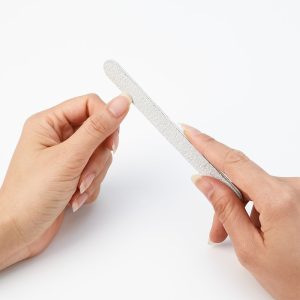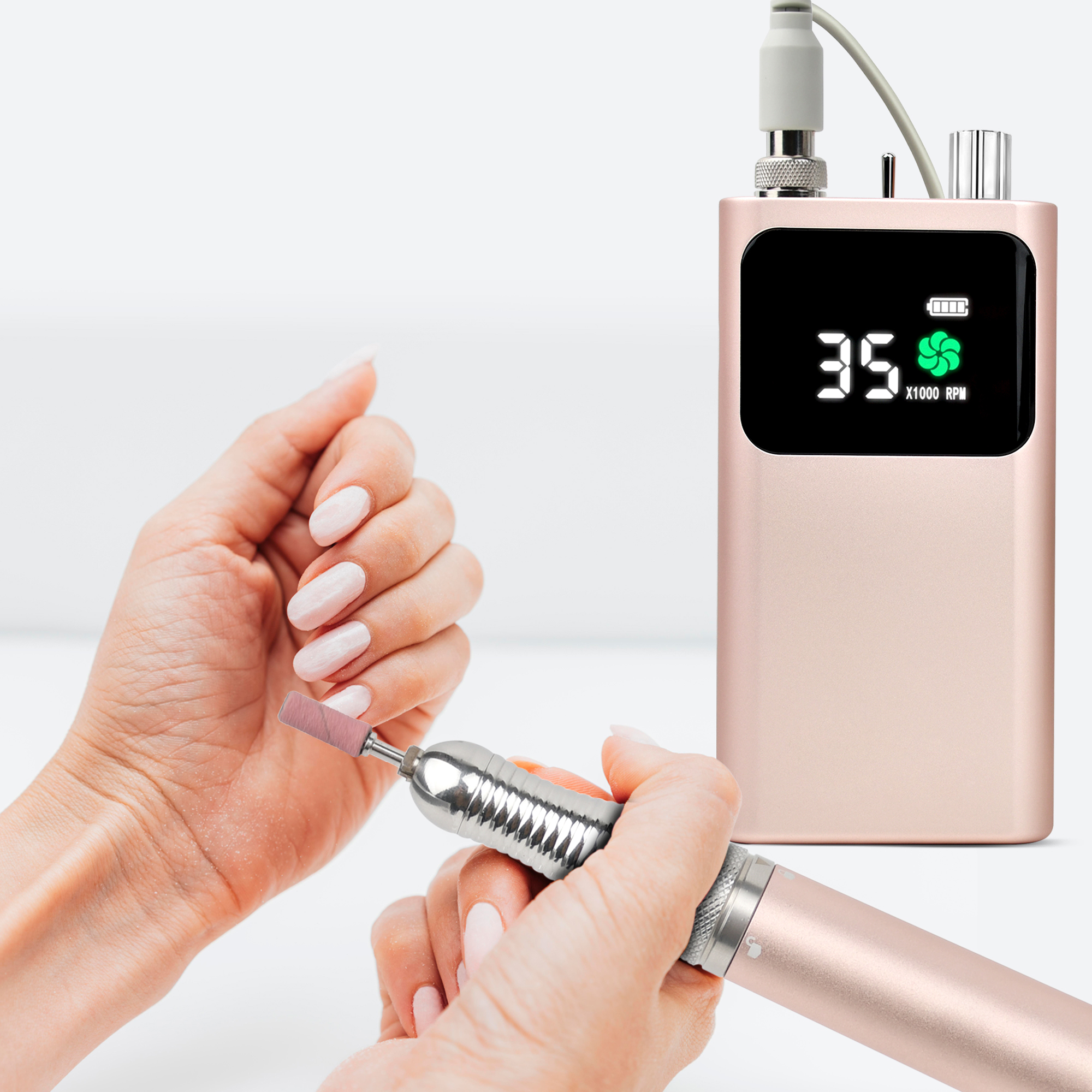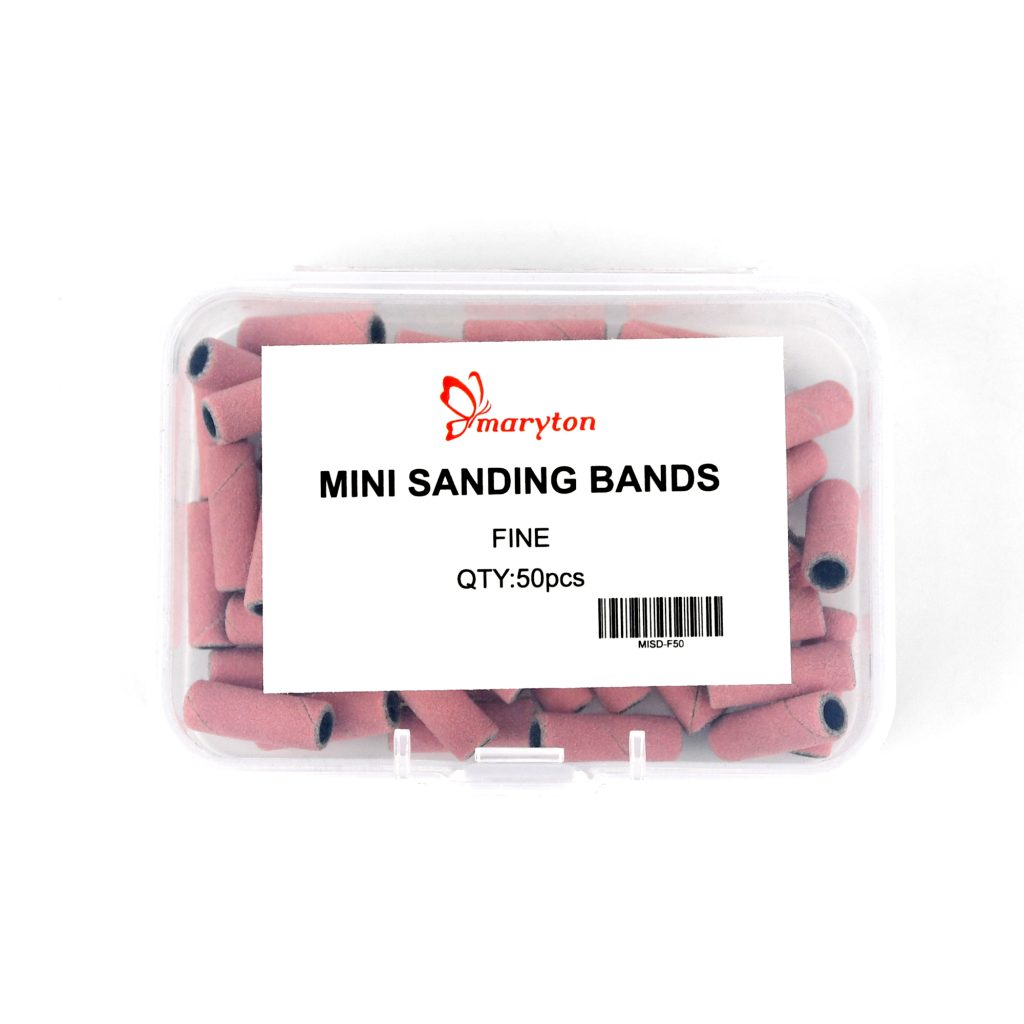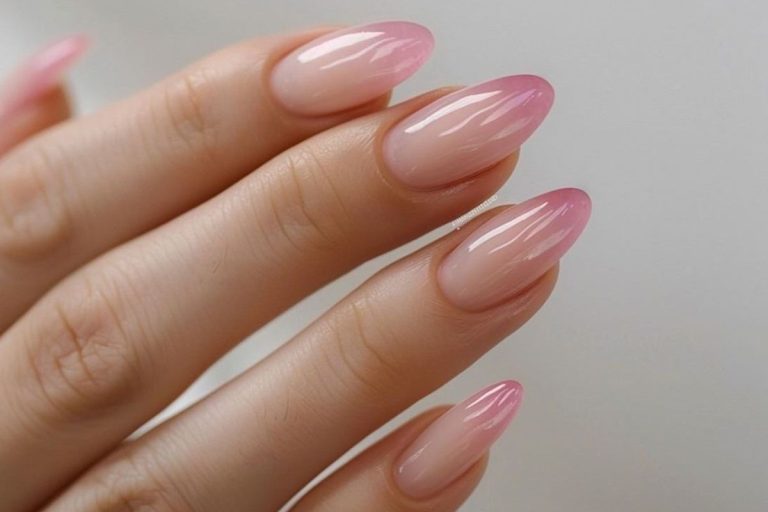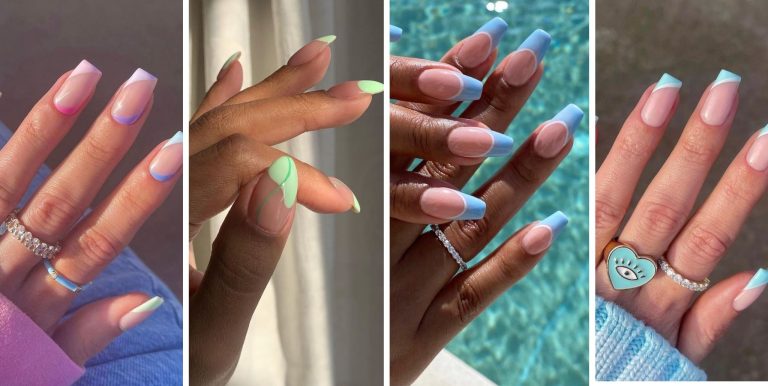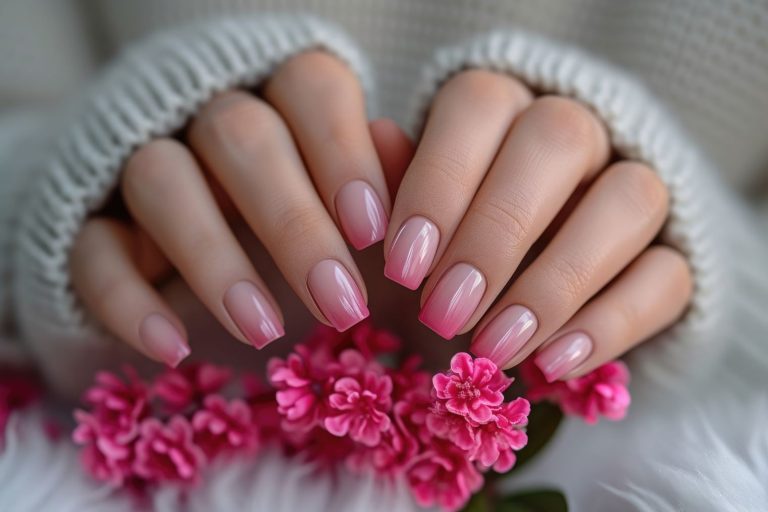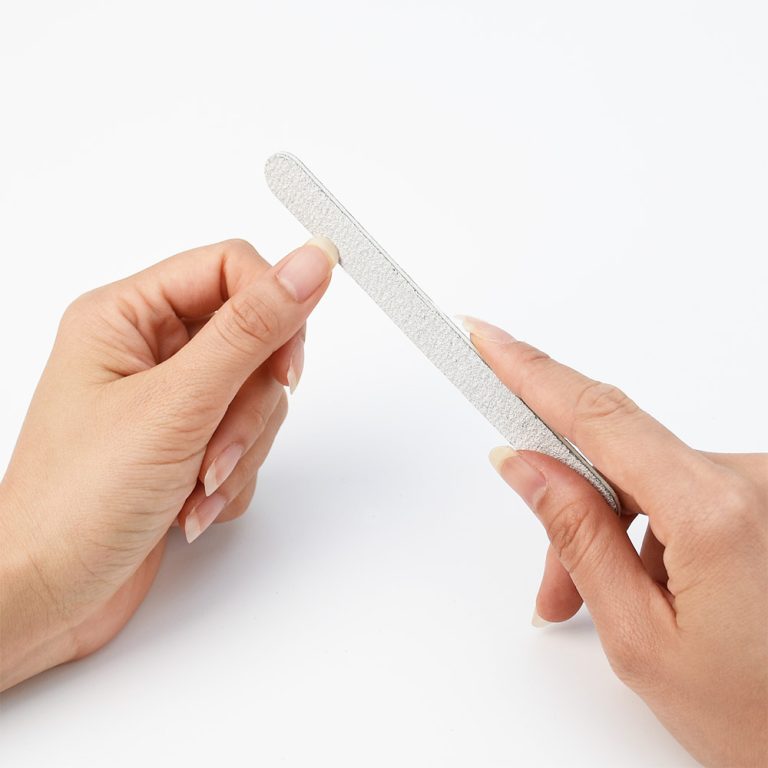Nail filing is a fundamental step in manicures and pedicures, yet selecting the right tool and technique is often overlooked. As professionals, understanding grit variations and proper filing methods ensures optimal nail health and aesthetics. Whether using traditional manual files or modern e-files, precision matters.
Understanding Grit Numbers
Nail file grit refers to the coarseness of the abrasive surface, measured by particles per square inch. Lower numbers (80-180 grit) indicate coarse files, while higher numbers (240+ grit) denote smoother finishes.
- Coarse Grit (80-180): Ideal for shortening thick nails, reshaping broken edges, or acrylic/gel extensions. Use sparingly to avoid splintering.
- Medium Grit (180-240): The standard choice for natural nails. It smooths edges without excessive abrasion.
- Fine Grit (240-400+): Creates polished finishes, refines surface ridges, or buffs before polish application.
Manual Nail File Techniques
1. Direction Matters: Always file in one direction—from the outer edge toward the center—using gentle strokes. Sawing back-and-forth weakens keratin layers, causing splits.
2. Angle Control: Hold the file at a 45-degree angle to the nail edge for even shaping. Rotate the file slightly when rounding corners.
3. Pressure Awareness: Let the grit do the work. Excessive force generates heat and creates jagged micro-tears.
4. Sanitization: Disinfect metal/glass files with alcohol; replace cardboard/emery boards after each client.
Electric Nail File Mastery
Rotary tools offer efficiency but require finesse:
1. Speed Settings: Start with low RPM (1,000-10,000) for natural nails. Higher speeds (15,000-20,000 RPM) suit hard enhancements.
2. Bit Selection:
- Coarse Sanding Bands (180 grit): Bulk removal of acrylic/gel.
- Fine-Grit Cylinders (240+): Refining cuticles and smoothing surfaces.
- Diamond/Ceramic Bits: Gentle exfoliation for sensitive nails.
3. Movement Rules: Glide the rotating bit parallel to the nail in brief, controlled passes. Overlapping in one spot causes friction burns.
4. Client Comfort: Check nail temperature frequently. Warmth signals over-filing.
Common Mistakes to Avoid
- Mismatched Grit: Using a 100-grit file on thin nails causes peeling.
- Rushed Edges: Skipping gradual grit progression (coarse→medium→fine) leaves nails rough.
- Over-Filing Sidewalls: Aggressive side filing thwarts natural nail growth patterns.
- Ignoring Nail Anatomy: Flat files damage curved nail beds; opt for convex-shaped files for C-curve nails.
Pro Tips for Enhanced Results
- Hydrate nails with cuticle oil before filing brittle nails to minimize cracking.
- For electric files, practice “feathering”—lightly lifting the bit at the stroke’s end to prevent dents.
- Combine manual and electric tools: Use rotary bits for bulk work, then refine edges manually.
Conclusion
Mastering nail filing is both science and art. By pairing grits with specific needs and adopting controlled techniques, professionals can transform this routine step into a cornerstone of nail integrity. Remember: A well-filed nail isn’t just shaped—it’s prepared, whether for a glossy polish or a healthy natural look. Invest in quality tools, prioritize client-specific adjustments, and let informed grit choices elevate your craft.
Read also: Removing Nail Polish with Toothpaste: Methods and Tips



